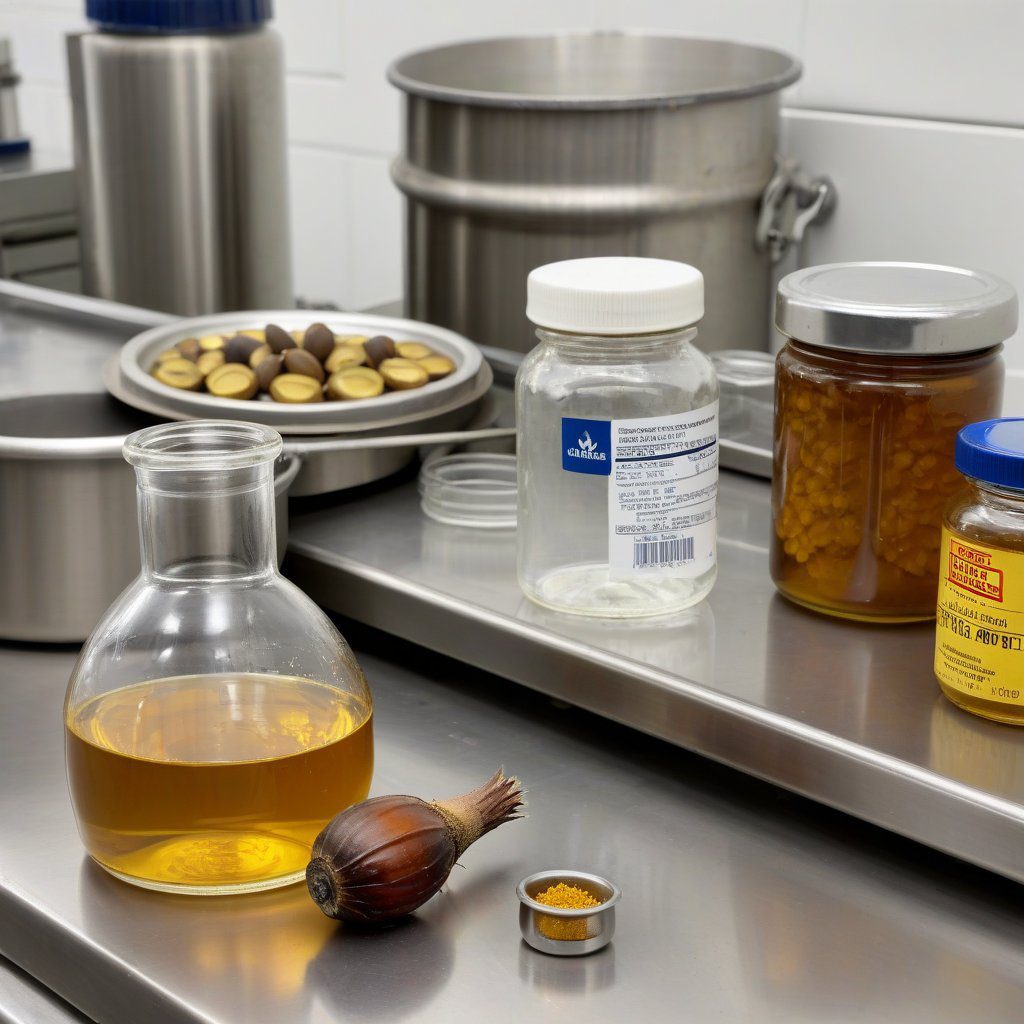Fats in Cosmetics: An Overview
Fats in cosmetics play a crucial role in formulating a variety of personal care products. These substances, derived from both animal and vegetable sources, provide essential properties such as emollience, texture, and moisturizing benefits. They are widely used in creams, lotions, and balms to create a smooth and pleasing product experience.
Types of Fats Used in Cosmetics
There are several types of fats utilized in cosmetic formulations, including triglycerides, fatty acids, and fatty alcohols. Triglycerides, often sourced from plant oils like coconut and palm, are prized for their ability to condition and hydrate the skin. Fatty acids, such as stearic acid and oleic acid, contribute to the stability and texture of cosmetic products, while fatty alcohols like cetyl and stearyl alcohol serve as emulsifiers and thickeners.
Role of Fats in Product Texture
The texture of cosmetic products is significantly influenced by the type and concentration of fats used in their formulation. Fats contribute to the creaminess and spreadability of lotions and creams, enhancing the overall user experience. The right balance of fats can determine whether a product feels lightweight or rich on the skin, which is essential for consumer satisfaction.
Moisturizing Properties of Fats
Fats are integral to the moisturizing properties of cosmetic products. They create a barrier on the skin that helps to lock in moisture, preventing transepidermal water loss. This occlusive action is particularly beneficial for individuals with dry or sensitive skin, as it provides hydration and improves skin elasticity.
Natural vs. Synthetic Fats
In the cosmetic industry, both natural and synthetic fats are employed. Natural fats, derived from plants or animals, are often favored for their skin-friendly properties and sustainability. Conversely, synthetic fats can be engineered to deliver specific benefits, such as enhanced stability or improved texture. The choice between natural and synthetic fats often depends on the brand’s philosophy and target market.
Current Trends in Cosmetic Fats
Recent trends in cosmetics have seen a shift towards cleaner formulations that prioritize natural and organic ingredients. As consumers become more conscious of the ingredients in their products, many brands are reformulating to include fats that are sustainably sourced and free from harmful additives. This trend reflects a broader movement towards transparency and ethical sourcing in the cosmetics industry.
Safety and Regulatory Considerations
When incorporating fats into cosmetic formulations, safety and regulatory compliance are paramount. Fats must be evaluated for their potential to cause skin irritation or allergic reactions. Regulatory bodies, such as the FDA in the United States, provide guidelines to ensure that cosmetic products are safe for consumer use. Manufacturers must adhere to these regulations to maintain product integrity and consumer trust.
Applications of Fats in Specific Cosmetic Products
Fats are utilized in a wide range of cosmetic applications, including moisturizers, lip balms, and hair care products. In moisturizers, fats provide hydration and a smooth texture, while in lip balms, they contribute to the protective barrier and glossy finish. In hair care, fats help to nourish and condition the hair, enhancing softness and manageability.
Future of Fats in Cosmetics
The future of fats in cosmetics is promising, with ongoing research and development aimed at discovering new sources and formulations. Innovations in biotechnology may lead to the creation of novel fats that offer enhanced benefits for skin and hair care. As the demand for high-quality, effective cosmetic products continues to grow, fats will remain a key ingredient in meeting consumer needs.


